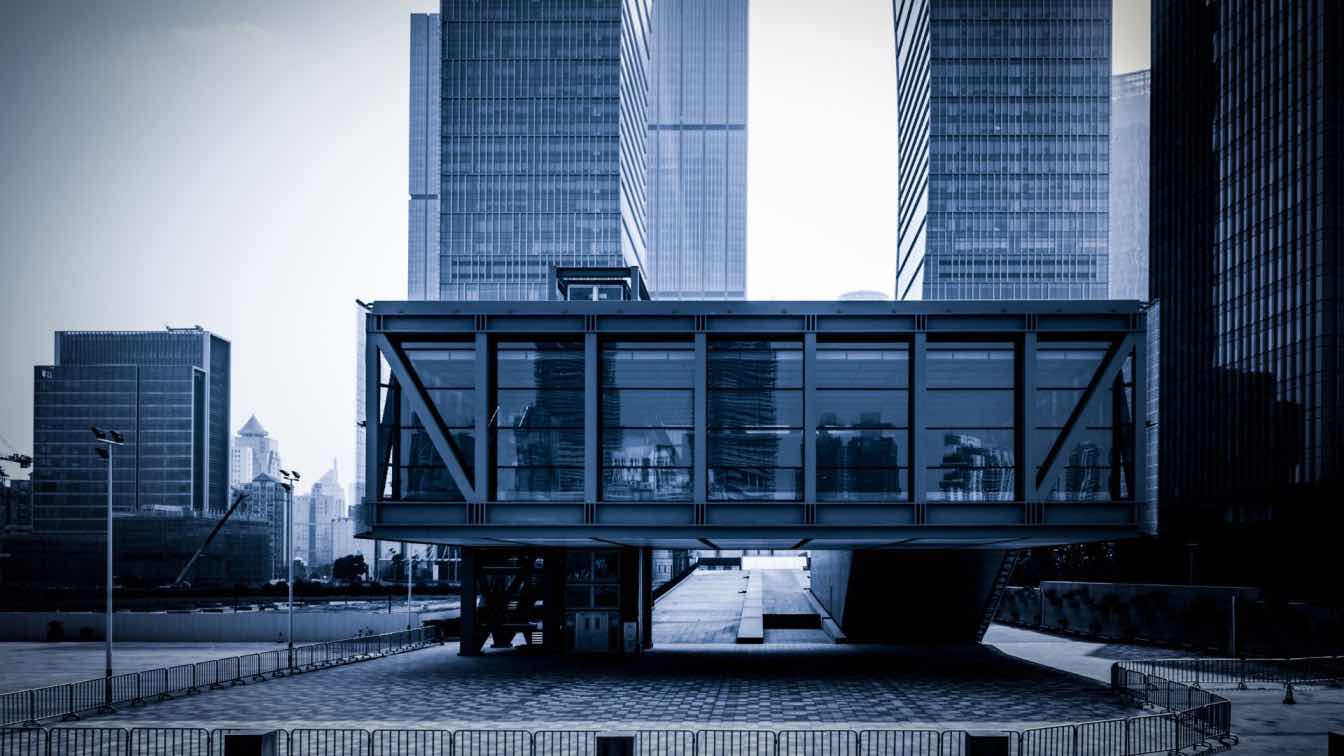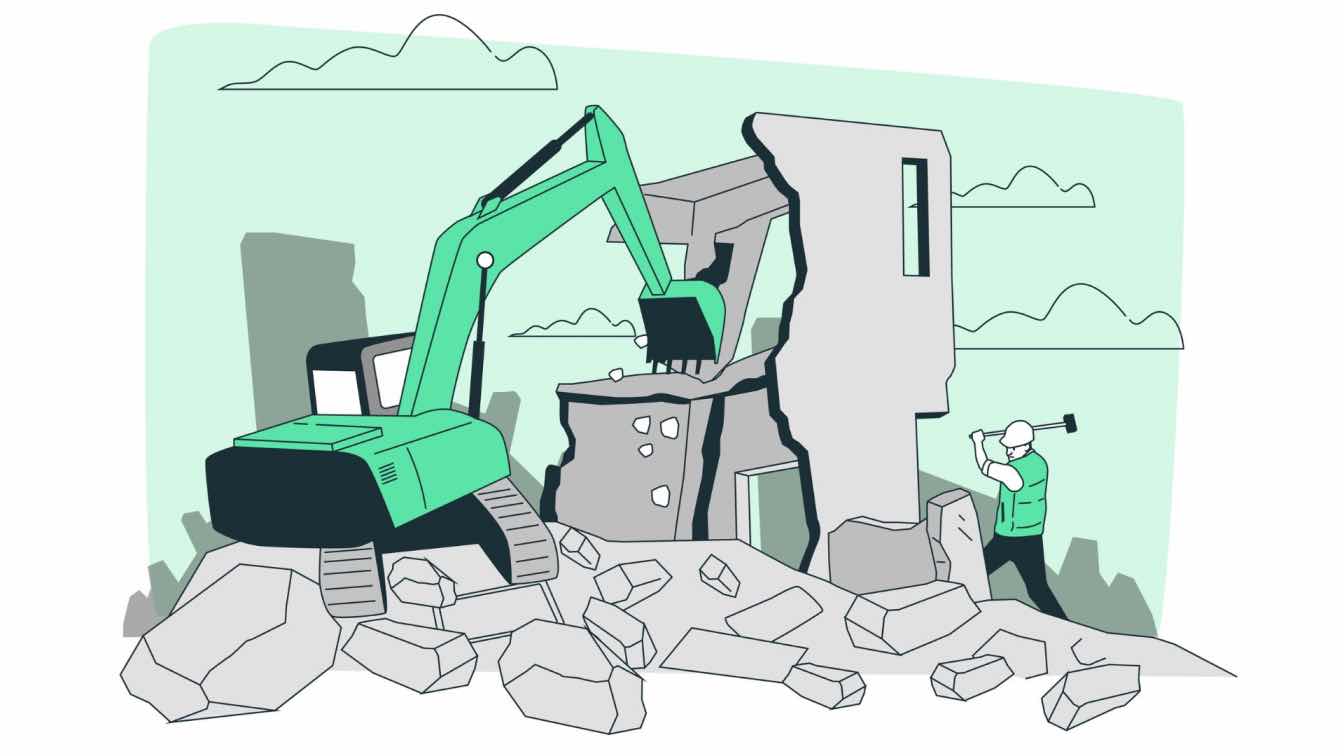As climate change accelerates, cities and communities worldwide are feeling its effects—rising temperatures, unpredictable weather, and frequent natural disasters. The built environment being an acknowledged major contributor to this climate emergency on account of conventional energy intensive and highly polluting ways of constructing buildings as well as using them, the architectural inputs therein become pivotal determinants in controlling this disaster. Architecture has a crucial role in helping urban spaces and buildings adapt to these challenges, offering innovative solutions that reduce environmental impact and improve resilience to extreme conditions.
One of the most significant contributions of architecture to climate adaptation lies in sustainable building practices. Buildings are responsible for a substantial portion of global carbon emissions, particularly due to energy consumption. To combat this, architectural innovations such as energy-efficient structures that rely on renewable energy sources such as solar and wind power are being explored, while also using sustainable materials that reduce carbon footprints. An excellent example is the CII-Sohrabji Godrej Green Business Centre in Hyderabad. This building's design incorporates renewable resource alternatives like solar uv panels, rainwater harvesting, and natural ventilation systems, significantly reducing its negative environmental impact resulting from excessive resource consumption. This model of eco-friendly architectural design revolving around the concept of ‘net zero’ consumption, not only helps mitigate the effects of climate change but also sets a precedent for other buildings to adopt more sustainable practices. Such eco-healthy practices are already being standardised by institutions like LEED and IGBC, which use a system of rating buildings according to the extent of such sustainable strategies incorporated in their design. Such an institutionalisation of environmental concerns emanating from the AEC industry definitely ensures far reaching impacts in the global march towards net zero.
Beyond the architecture of resource-efficient buildings, urban design also plays a critical role in climate adaptation. Cities, with their dense populations and overloaded infrastructure, are especially vulnerable to extreme weather events such as flooding, heatwaves, and storms. Consequently, the urban design fraternity has taken to creating climate-resilient urban spaces that incorporate features like permeable pavements, green roofs, and urban forests to mitigate the urban heat island effect and manage stormwater. A successfully implemented example of this is the Sabarmati Riverfront Development Project in Ahmedabad, where architects have transformed the riverfront into an engaging public space that doubles as a flood management system. The project includes green parks, wetlands, and permeable surfaces that allow rainwater to be absorbed naturally, helping to prevent flooding while reducing the heat island effect in the surrounding area. These thoughtful design choices not only provide environmental solutions but also offer open recreational spaces that improve the quality of life for residents.
Incorporating green infrastructure into both buildings and urban spaces is a vital aspect of climate adaptation. As cities grow, an increase in impermeable surfaces like concrete and asphalt reduces the land’s ability to absorb rainwater, leading to more severe flooding. Green infrastructure—such as rain gardens, green roofs, and bioswales—can help manage stormwater and reduce the risk of flooding. These green spaces also help cool urban environments, combat air pollution, and improve biodiversity. Additionally, natural ventilation and passive design principles are essential strategies for reducing the energy consumption of buildings. By carefully considering the orientation of buildings, window placement, and shading, architects can design spaces that require less mechanical cooling and heating, ultimately reducing their carbon footprints.
Another key aspect of climate adaptation in architecture is designing buildings and infrastructure to be more resilient to extreme weather. With climate-related natural disasters becoming more frequent and intense, architects are focusing on creating structures that can withstand hurricanes, floods, and heatwaves. In regions prone to hurricanes, buildings are constructed with materials and techniques that ensure structural integrity even in the face of high winds and heavy rains. Such proactive measures help protect citizens ‘lives and property while also reducing high long-term costs inevitably associated with recovery from climate-related disasters.
Looking ahead, architecture will evidently remain a driving force in the battle against climate change, offering innovative solutions to make cities and buildings more sustainable, resilient, and adaptable. As such green designs become more common, benchmarks can be set to inspire future generations to emulate and push the boundaries of design for built environments thriving in harmony with nature and mitigating the challenges of a changing climate.





